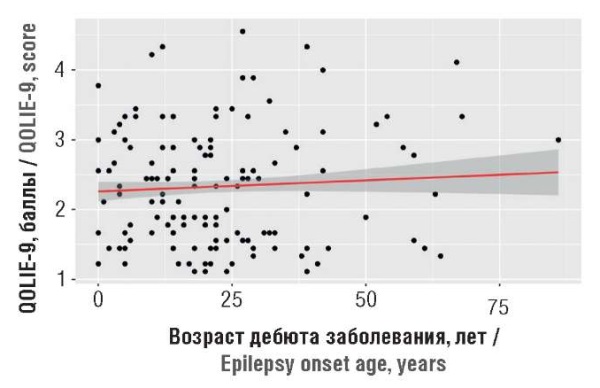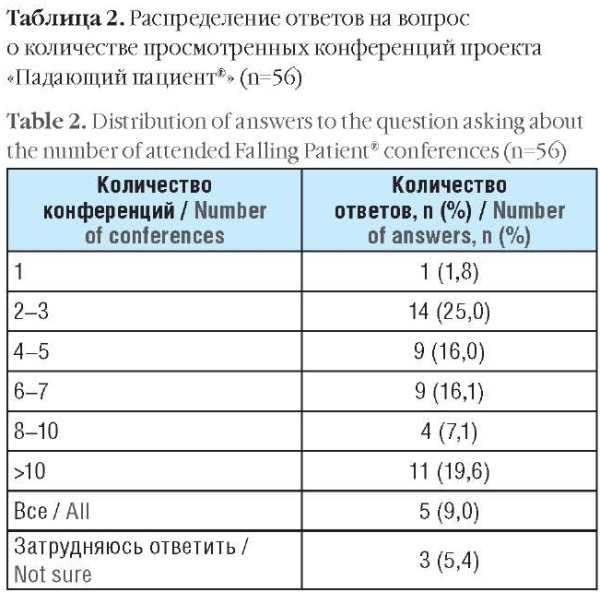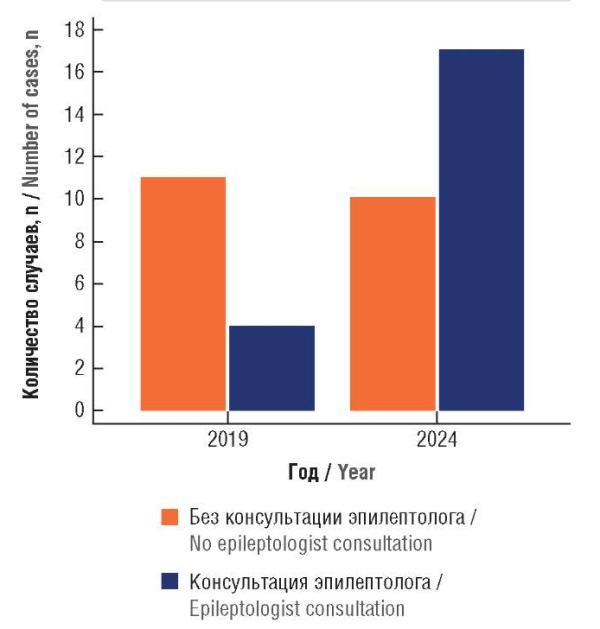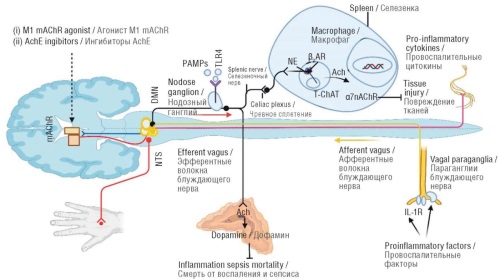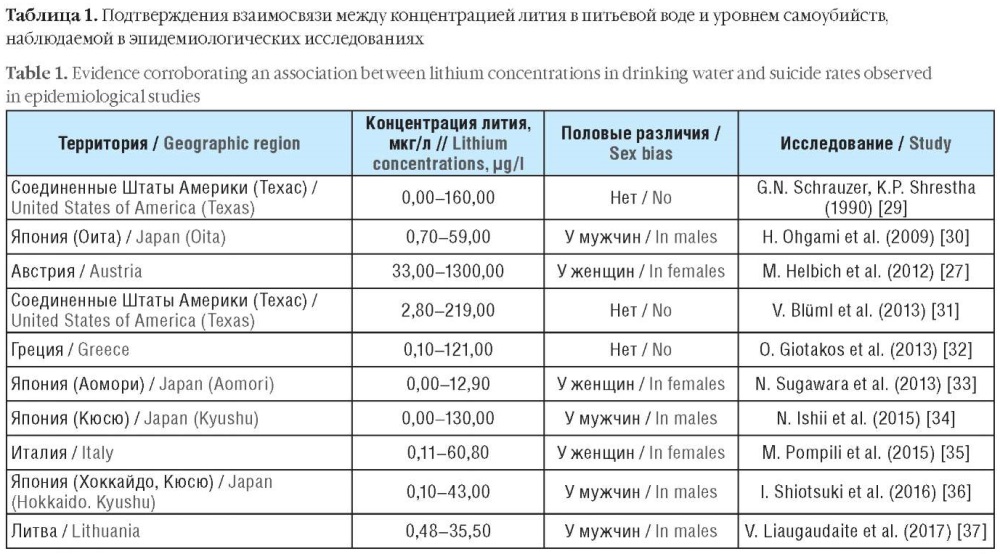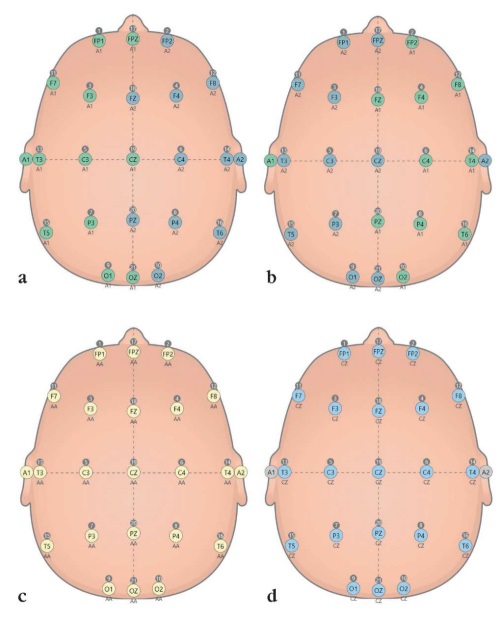
"Epilepsy and Paroxysmal Conditions" is a scientific and practical peer-reviewed journal for medical professionals. Our aims and priorities include scientific and information support to the members of the "professional community" in their pursuit of new ideas in clinical research. The "Epilepsy and Paroxysmal Conditions" journal is proud to contribute to the continuing medical education (CME) of recent medical graduates and other experts in neurology, instrumental examination, therapy, pediatric, neonatology, rehabilitation and related fields.
"Epilepsy and Paroxysmal Conditions" was founded in 2008
The impact factor of this journal, as shown in the Russian Science Citation Index (RSCI) is among the highest for the periodicals on neurology. According to RSCI, the impact factor was 1,333 in 2022.
The journal publishes scientific papers on clinical studies, as well as reviews and case reports.
Languages: Russian, English
Periodicity: 4 issues per year (quarterly).
The printed versions are distributed under the Creative Commons Attribution 4.0 License: full-text materials are freely available to the public in an open access repository.
Distribution of the printed version: Russia, the Eurasian Economic Union (EAEU - Belarus, Kazakhstan, Kyrgyzstan, Tajikistan, Uzbekistan, Armenia, Moldova), Georgia.
The editorial board of "Epilepsy and Paroxysmal Conditions" includes distinguished experts and opinion leaders from Russia, Switzerland, Denmark, Lithuania, Belarus, Moldova, Georgia, Kazakhstan, Uzbekistan and Tajikistan.
The editorial team of this journal maintains the policy of full compliance with all principles of publishing ethics. Our ethical standards and codes conform to those of top international science publishers.
All submitted materials undergo a mandatory double-blind peer review.
Media Certificate of Registration: ПИ №FS77-34885
ISSN 2077-8333 (Print)
ISSN 2311-4088 (Online)
The "Epilepsy and Paroxysmal Conditions" journal appears in the Scopus (since 2019); CNKI (China National Knowledge Infrastructure) Scholar (since 2022); Russian Universal Scientific Electronic Library (RUNEB) elibrary.ru and is also present in the database of the Russian Science Citation Index (RSCI).
By the decision of the Higher Attestation Commission (HAC), "Epilepsy and Paroxysmal Conditions" is included in the "List of top peer-reviewed scientific journals and publications" where scientists seeking academic degrees are required to publish their results – equivalent 1st (highest) category.
The journal is included on the RCSI's White List - a list of academic journals to be used for performance assessment scientific institutions (since 2022).
Current issue
ORIGINAL ARTICLES
SCIENTIFIC SURVEYS
EEG РRACTICAL AND TECHNICAL ASPECTS
Events
2025-10-08
XVI Всероссийский конгресс «Инновации в эпилептологии»
8 ноября 2025 года в Москве состоится XVI Всероссийский конгресс «Инновации в эпилептологии», проводимый под эгидой НП «Объединение врачей-эпилептологов и пациентов»
Место проведения: отель «Космос Павелецкая» (Москва, Кожевническая ул., д. 8 стр. 3)
Формат: очный, с онлайн-трансляцией
Регистрация: https://fallingpatient.ru/vserossijskij-kongress-innovaczii-v-epileptologii-xvi-sostoitsya-8-noyabrya-2025-g/
| More events... |

This work is licensed under a Creative Commons Attribution-NonCommercial-ShareAlike 4.0 International License.



